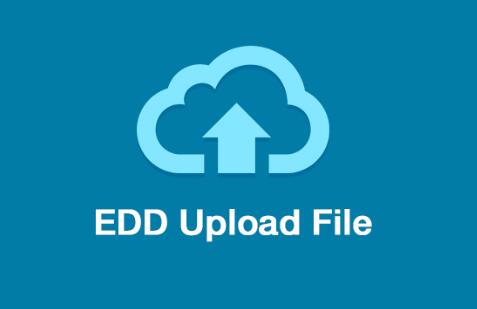To convert a file to an upload format for eSword, you’ll need to follow specific steps depending on the type of file you have. eSword primarily uses files in the following formats:
Panda Assistant
If you need to recover videos, files, formatting, please download our Panda Assistant. Thank you very much. It can be tried for free and is safe and effective, protecting users’ personal privacy. It is suitable for data recovery on various hardware, USB drives, hard drives, SD cards, etc.
Bible Modules: .bblx, .bbl (for Bible text)
Commentary Modules: .cmtx (for commentaries)
Dictionary Modules: .dct (for dictionaries)
Devotional Modules: .dvs (for devotionals)
Maps Modules: .map (for maps)
Here’s a general approach to converting your file into one of these formats:
1. Preparing Your File
First, ensure that your file is properly formatted and ready for conversion. If you have a text file, it should be organized in a way that eSword can process, typically with structured content and headings if it’s a commentary or dictionary.

2. Using eSword Module Creation Tools
You will need to use a tool designed for creating eSword modules. These tools can convert text files into the appropriate eSword format. Some popular tools include:
eSword Module Creator: A Windows application that helps you create various eSword modules from your files. It can be found on websites dedicated to eSword resources.
eSword Bible Software: If you are comfortable with basic programming or scripting, you can use eSword’s API or other scripting methods to convert text files into eSword formats.
3. Conversion Process
Install the Module Creator Tool: Download and install the tool on your computer.
Import Your File: Open the tool and import the file you want to convert. Most tools will have an “Import” or “Add File” option.
Configure Settings: Set up the module settings as required. This includes naming the module, choosing the type (Bible, Commentary, Dictionary, etc.), and other relevant details.
Convert the File: Start the conversion process. The tool will transform your file into the eSword module format.
Save the Module: Once conversion is complete, save the file in the appropriate format.
4. Testing and Uploading
Test the Module: Open eSword and load the newly created module to ensure that everything displays correctly and is functional.
Upload the Module: If you are sharing or distributing the module, you can upload it to eSword’s module repository or your own website.
Example Conversion Workflow Using eSword Module Creator
Open eSword Module Creator.
Select the Type: Choose what type of module you’re creating (Bible, Commentary, Dictionary, etc.).
Import Your Text: Load your text file into the module creator.
Configure Details: Enter details like title, author, and any additional information.
Generate the Module: Click on the button to convert and generate the module file.
Tips
Check Formatting: Ensure your text file is well-formatted before conversion.
Review Documentation: Some tools come with detailed documentation or user guides.
Backup Files: Always keep a backup of your original files before starting the conversion process.
About us and this blog
Panda Assistant is built on the latest data recovery algorithms, ensuring that no file is too damaged, too lost, or too corrupted to be recovered.
Request a free quote
We believe that data recovery shouldn’t be a daunting task. That’s why we’ve designed Panda Assistant to be as easy to use as it is powerful. With a few clicks, you can initiate a scan, preview recoverable files, and restore your data all within a matter of minutes.
Subscribe to our newsletter!
More from our blog
See all postsRecent Posts
- Hard drive recovery denver reddit 2025-02-28
- How to recover a deleted slide in powerpoint? 2025-02-27
- How to recover deleted capcut videos? 2025-02-27










